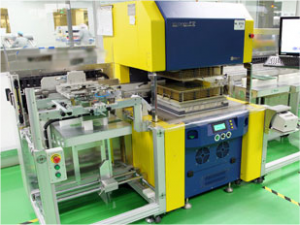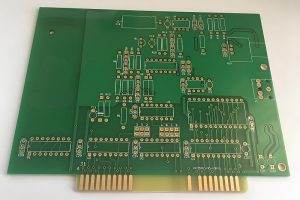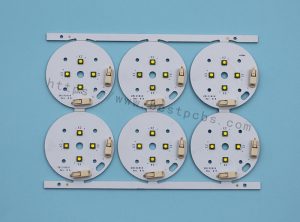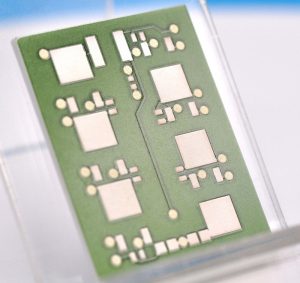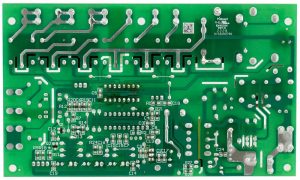Inches to MM conversion
In the imperial system, 12 inches is 1 foot, and 36 inches is 1 yard.
1mil=1/1000inch=0.00254cm=0.0254mm.
1inch=2.54cm=25.4mm=1000mil
1 inch=2.54cm=25.4mm.
10 mm = 0.393700787 inches
50 mm =1.96850394 inches
1400mm in inches
1400 mm = 55.1181102 inches
1500 mm to inches
1500 mm = 59.0551181 inches
1800mm to inches
1800 mm =70.8661417 inches
Origin of the inch
The word “inch” comes from the Old English word “ynce”, which comes from the Latin word “uncia” (meaning “one twelfth”).
In the 14th century, King Edward II of England promulgated the “standard legal inch”; its regulations were: the length of the three largest grains of wheat selected from the middle of the barley ear and placed end to end in a row is 1 inch.
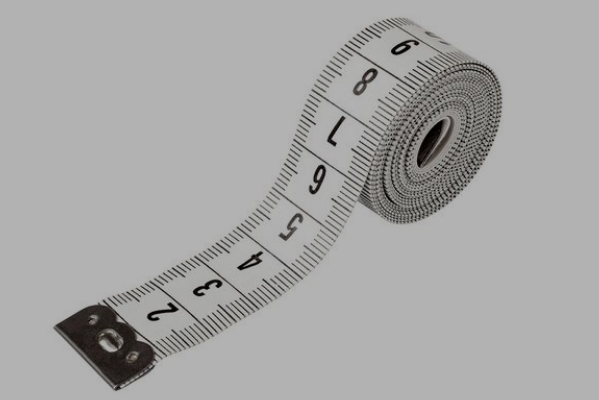
mm or inches in the PCB industry
(including the substrate and all copper layers, solder mask and silk screen), either millimeters or inches can be used as units. However, 1.6 mm is not the only choice, and the thickness of the PCB can vary depending on the specific application, ranging from 0.3 mm to 4.0 mm1.
In PCB design, for design and layout units such as traces, pads, spacing and grids, the imperial unit “thou” (one thousandth of an inch) should be used instead of millimeters. For mechanical manufacturing unit requirements such as apertures and PCB board sizes, millimeters can be used. This shows that when designing PCBs, you need to be familiar with the conversion relationship between the imperial unit “thou” and the metric unit millimeter.
In summary, the units used in the PCB industry depend on the specific application scenarios and requirements. When describing the thickness of the PCB board, millimeters or inches can be used as units, while in design and layout, the imperial unit “thou” should be used to adapt to design requirements.
PCB package size
PCB length units usually refer to the shortest distance between components on the PCB. Common length units are inches, centimeters and millimeters. For example, the minimum PCB length unit for the 0805 package size is 1 inch, while the minimum PCB length unit for the 0402 package size is 0.25 inches. In addition, there are some other commonly used PCB package sizes, such as 0101 package size, 0201 package size, 0302 package size, etc.
PCB package size is a standard size for mounting and connecting electronic components on PCBs. The following are the most commonly used device PCB package sizes:
1.0805 package size: This package size is used for electronic components of 8 inches (about 20 cm) in size, including transistors, capacitors, inductors and other small components.
2.0402 package size: This package size is used for electronic components with a size of 4 inches (about 10 cm), including transistors, capacitors, inductors and small components.
3.0603 package size: This package size is used for electronic components with a size of 6 inches (about 15 cm), including transistors, capacitors, inductors and small components.
4.1206 package size: This package size is used for electronic components with a size of 12 inches (about 30 cm), including transistors, capacitors, inductors and small components.
The unit of PCB length is usually millimeter (mm) or inch (inch), while the unit of copper foil thickness is OZ (ounce), which is about 35um or 1.35mil. When designing the PCB of the op amp circuit, factors such as layout, wiring, power decoupling, and heat dissipation design need to be considered to ensure signal integrity and stability.
Tags: PCB


